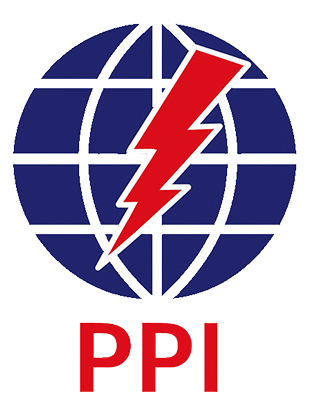
Comprehensive Power System Studies
Power Planners International (PPI) delivers a full spectrum of power system studies designed to optimize grid performance, ensure system stability, and support informed decision-making for utility operators, developers, and regulatory authorities. Our engineering expertise spans both conventional and renewable energy systems, addressing technical, operational, and financial dimensions of modern power networks.
Grid Impact Studies
Evaluation of the integration of conventional or renewable power plants with the national grid, including assessment of grid compliance and operational impact.
Load Flow & Optimal Power Flow Analysis
Comprehensive power flow studies for system planning, operational optimization, and minimizing transmission losses.
Short Circuit Analysis
Identification of fault levels across the network to support equipment rating, protection coordination, and system reliability.
Dynamic & Transient Stability Analysis
Assessment of system behavior under disturbances (faults, outages, switching events) to ensure grid resilience and robustness.
Voltage Stability & Collapse Mitigation
Voltage performance studies under stress conditions with remedies involving reactive compensation such as shunt capacitor/reactor banks, SVCs, FACTS devices (e.g., STATCOM, TCSC), and series compensators.
Small Signal Stability Analysis
Analysis of low-frequency oscillations with mitigation using Power System Stabilizers (PSS) and Power Oscillation Dampers (POD).
Electromagnetic Transient Studies
In-depth analysis of transient phenomena including Transient Overvoltages (TOV), Transient Recovery Voltages (TRV), load rejection, inrush currents, and frequency scans.
Power Quality Assessments
Investigation of flicker, harmonic distortion, resonance, and voltage unbalance caused by heavy industrial loads (e.g., arc furnaces) or variable renewable generation (e.g., wind farms).
Engineering Design & Specifications
Technical design, engineering, and specification of substations, overhead transmission lines, underground cables, and FACTS devices (SVC, STATCOM, TCSC).
Load Forecasting Studies
Demand projection using econometric, time-series, and end-user models based on historical consumption data, economic indicators (GDP, GNP), and population growth.
Generation Expansion Planning
Optimized generation planning using reliability indices such as LOLE, LOLP, reserve margins, and cost of unserved energy, including planning for interconnected systems with reserve sharing.
Transfer Limit Analysis
Evaluation of power transfer capabilities between grid systems while adhering to reliability criteria for both generation and transmission systems.
Economic & Financial Feasibility Analysis
Cost-benefit evaluation and financial modeling of power projects to meet the requirements of funding institutions and government approval agencies.

